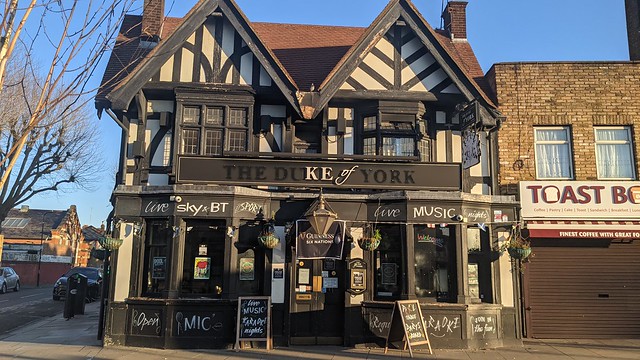skip to main |
skip to sidebar
modernising street photography #2
Thought-provoking. Inspirational. Moving. The second street photography symposium was a real deep dive into this alternative reality we inhabit.
Developing important themes from last year's event, I was really pleased to see an opportunity for a diverse selection of lesser known photographers with great images plus compelling stories too.
Standout moments for me...
1. Sequence in Nick Turpin's film of Christophe Agou, coat flying behind him, riding a motorbike over Manhattan Bridge
2. Graciela Magnoni's description of her daughter's reaction after seeing her making pictures on the street for the first time
3. Debate sparked by Andrew Kochanowski's photograph of a Muslim woman in Detroit (more below)
4. Christian Reiser's Whispering Noise
5. Melanie Einzig's interpretation of her image of a man knitting on a subway train, wearing a head to toe knitted outfit, feeling comfortable with his particular form of expression, just fitting in with everyone else
6. The "women's panel". Hopefully putting to rest the need for any more in future events
7. Richard Stern's thoughts as a psychiatrist on the benefits of the practice of street photography to mental health
I'm sure I'll revisit each of these topics but there's already a connection to the topic of privacy in a new report this week on facial recognition. It reminded me of my book Street View People View looking at the role of electronic surveillance in London and street photography as an unwitting accomplice in that practice.

This was echoed in the debate last weekend on the photography of people that may have good reason not to be associated with a particular location i.e. women in need of protection could be innocently communicated through EXIF data for example.
It’s certainly a debate that’s only going to get louder. We know the right to photograph in public spaces is continually under threat and is severely restricted in some countries. However in parallel there is a growing suspicion by the public – as illustrated by Stephen McLaren working in downtown LA where the Latino community feel a real threat of deportation – of the motivations behind that activity, however well the photographer justifies it.
Whose rights win?
This isn’t a new question but I feel the context is changing significantly. There’s certainly an argument that the turmoil of our times warrants an even greater need for a real-time record. The 1930s are now evoked as a warning from history. It’s also worth remembering it was a period of vitality and invention for street photography.
So what do we do? A new manifesto for our times? A topic for next year's symposium I think.








No comments:
Post a Comment